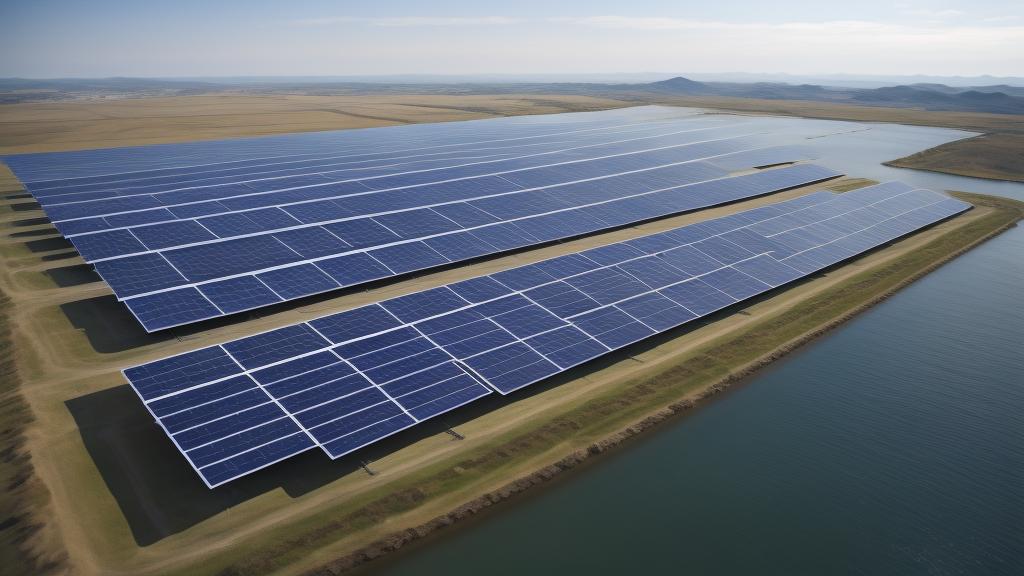Solar energy is often depicted with rows of panels in sprawling desert fields or perched atop rooftops. However, a surprising and innovative method is making waves in the industry: floating solar farms.
These systems, also known as floatovoltaics, involve installing solar panels on water bodies such as lakes, reservoirs, and even the ocean. The idea might sound far-fetched, but it's rooted in practicality and efficiency. Let's dive in.
## A natural cooler
One of the key advantages of floating solar farms is the cooling effect of water. Traditional solar panels can overheat, reducing their efficiency. Water cools the panels down, increasing their efficiency by up to 10%. In regions with high temperatures, this can make a significant difference in energy output.
Moreover, the water bodies themselves benefit too. Solar panels provide shade, reducing evaporation, which is crucial for areas with water scarcity issues.
## Space optimization
As urban areas expand, the demand for land increases. Floating solar farms offer a brilliant solution by utilizing unused water surfaces. This approach conserves valuable land resources for other essential purposes like agriculture and habitation. For densely populated regions grappling with limited space, this could be a game-changer.
## Cost and installation
Contrary to what one might think, setting up floating solar panels is not prohibitively expensive. While the initial investment might be higher due to specialized equipment and materials, the long-term benefits—like increased efficiency and reduced land costs—balance it out. Additionally, advances in technology and growing interest in this method are driving costs down.
## Case studies
Countries like Japan and China are leading the way in floatovoltaic installations. Japan's Yamakura Dam hosts one of the largest floating solar farms in the world. Meanwhile, China’s Anhui province features a notable project that's helping to power thousands of homes.
These projects highlight the numerous benefits of floating solar farms and pave the way for other nations to adopt this forward-thinking technology.
## Environmental impact
Of course, any major installation has environmental implications. However, studies have shown that when implemented correctly, floating solar farms have minimal negative impact on aquatic ecosystems. Proper measures can ensure that marine life thrives alongside these solar installations.
## The future of floating solar
With the increasing interest in renewable energy, floating solar farms have great potential to become mainstream. They align well with global efforts to diversify energy sources and reduce carbon emissions. As technologies evolve and costs decrease, we can expect to see more water bodies around the world transformed into hubs of solar power.
Governments and private sectors need to collaborate to further research and develop these systems, making them accessible and efficient.
In conclusion, floating solar farms offer an intriguing solution to some of the challenges faced by traditional solar setups. They epitomize human ingenuity in harnessing natural resources while preserving vital land and water. The future of solar energy might just lie on water.
the untapped power of floating solar farms




